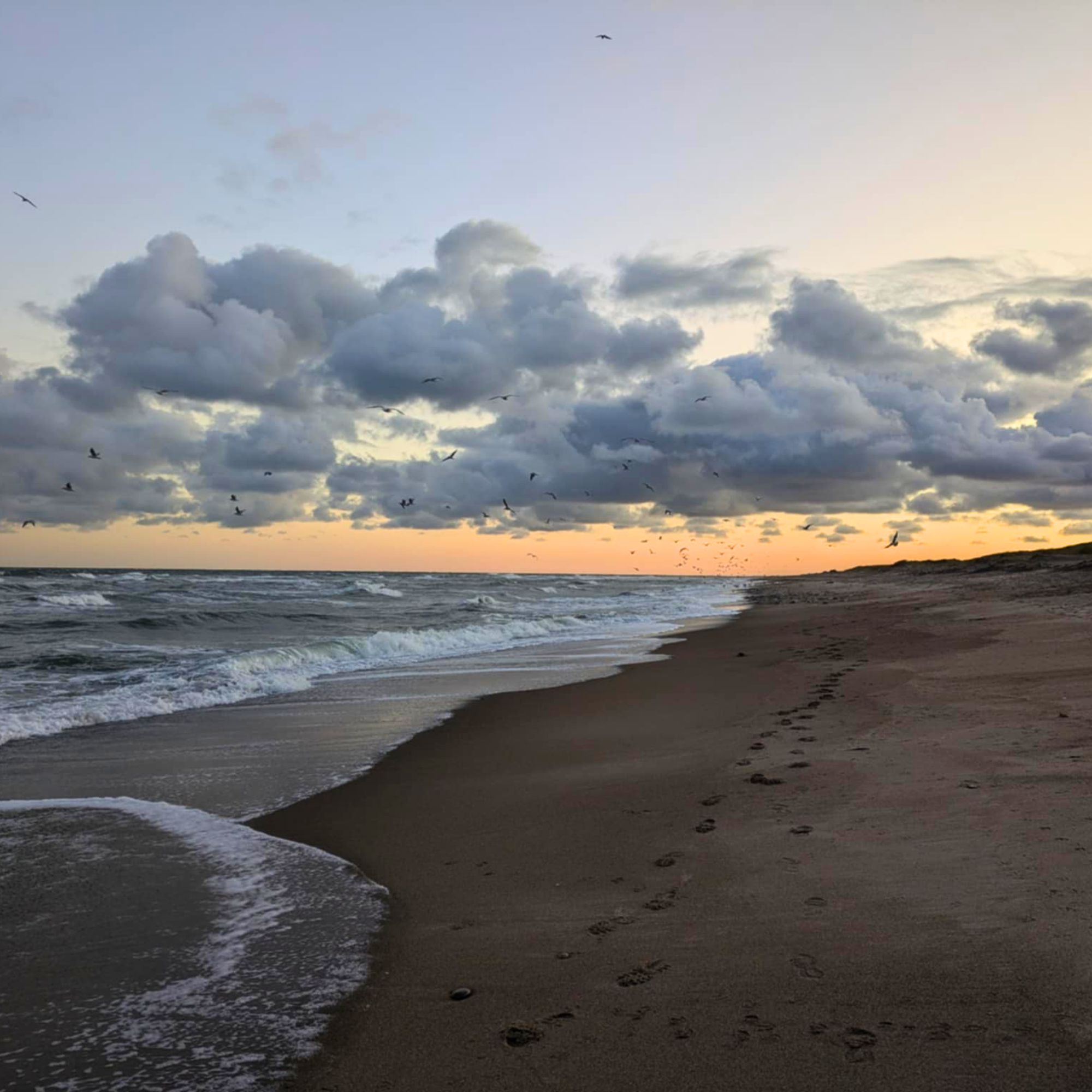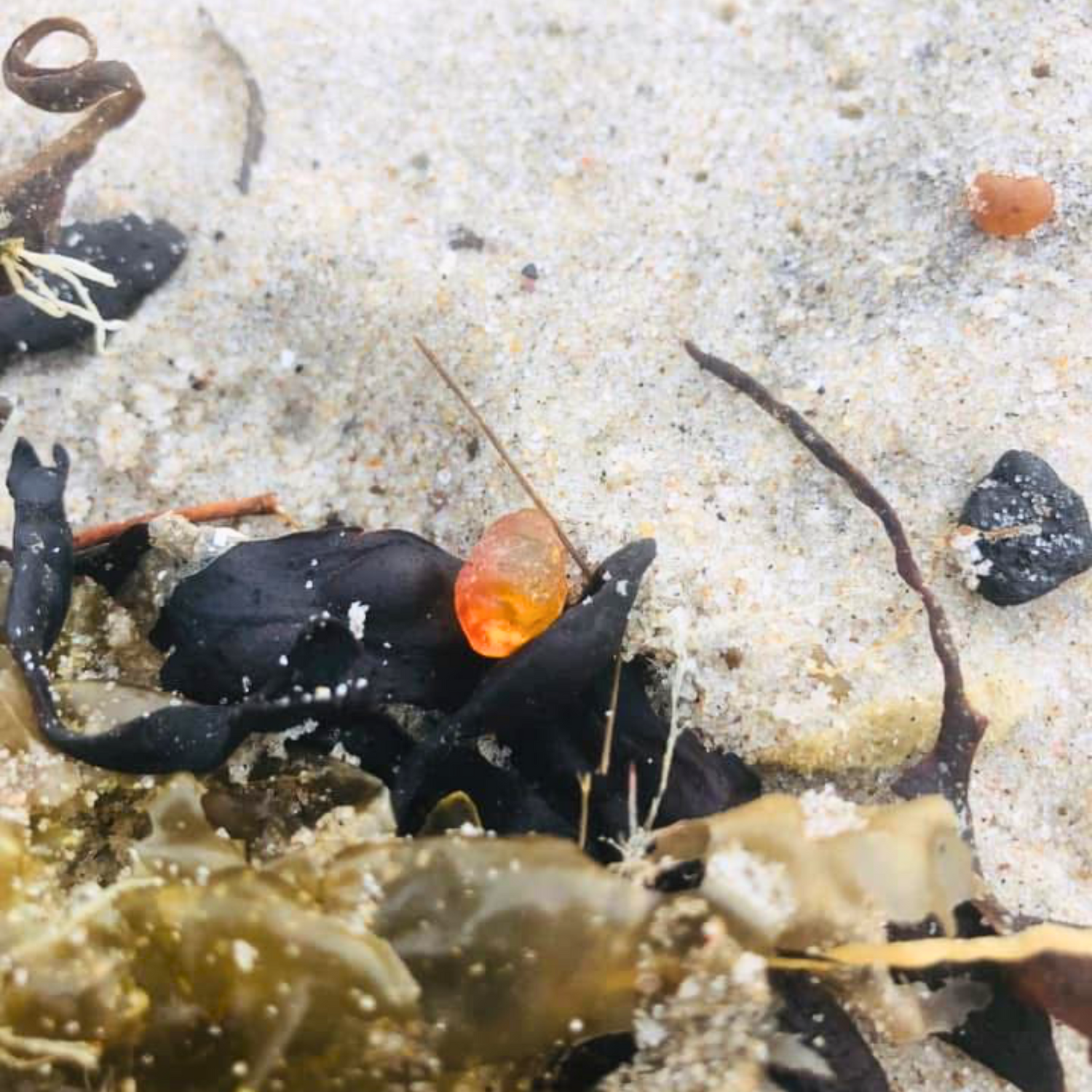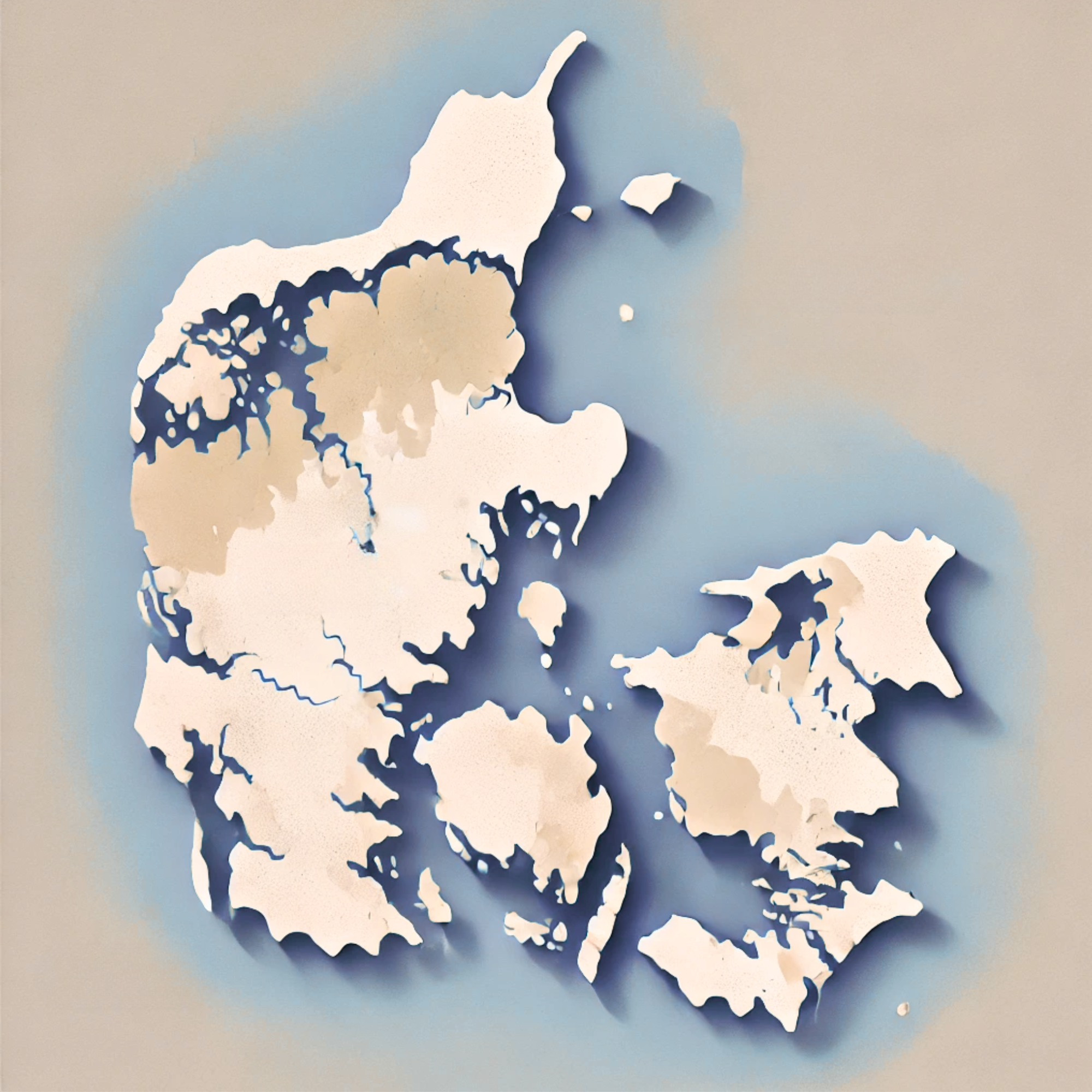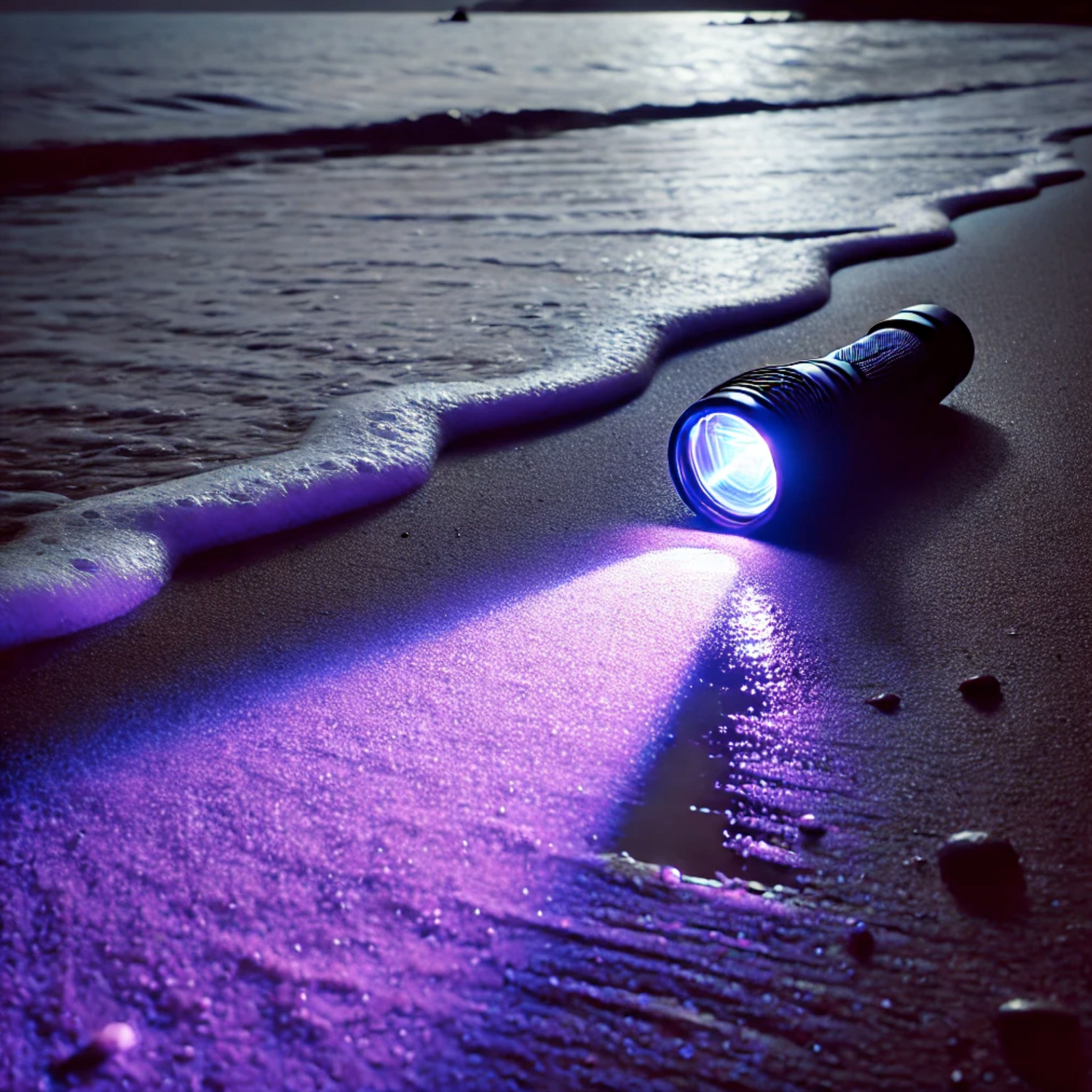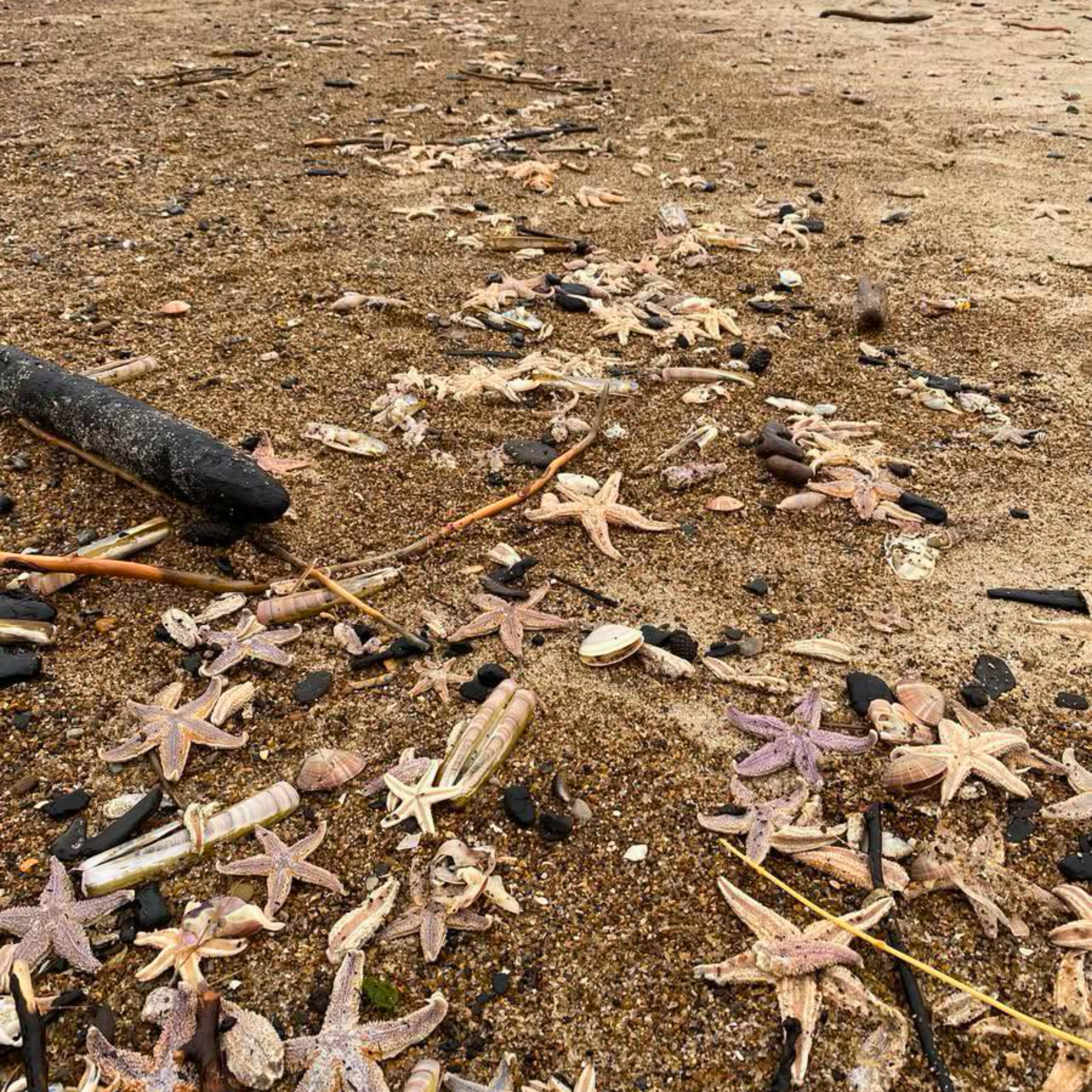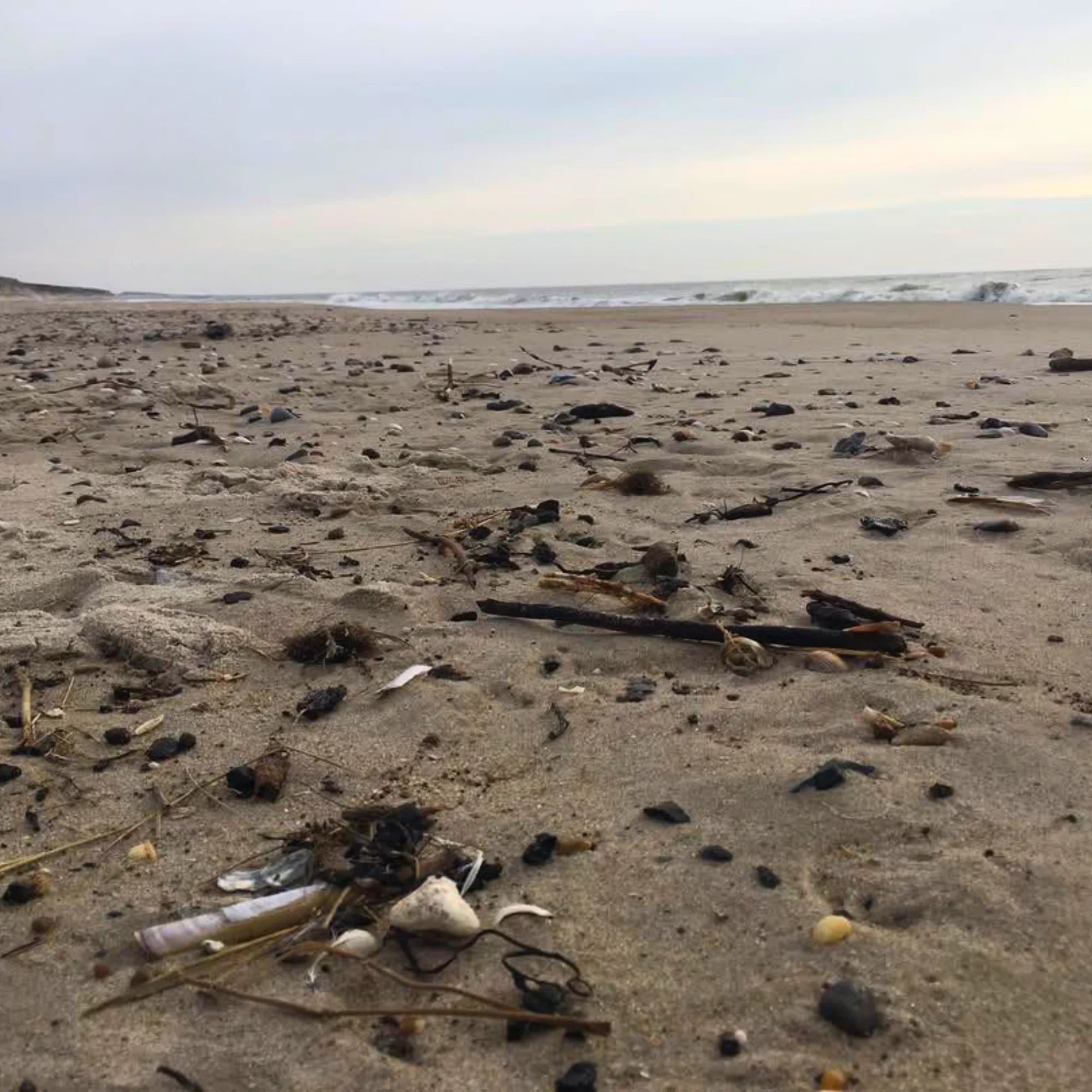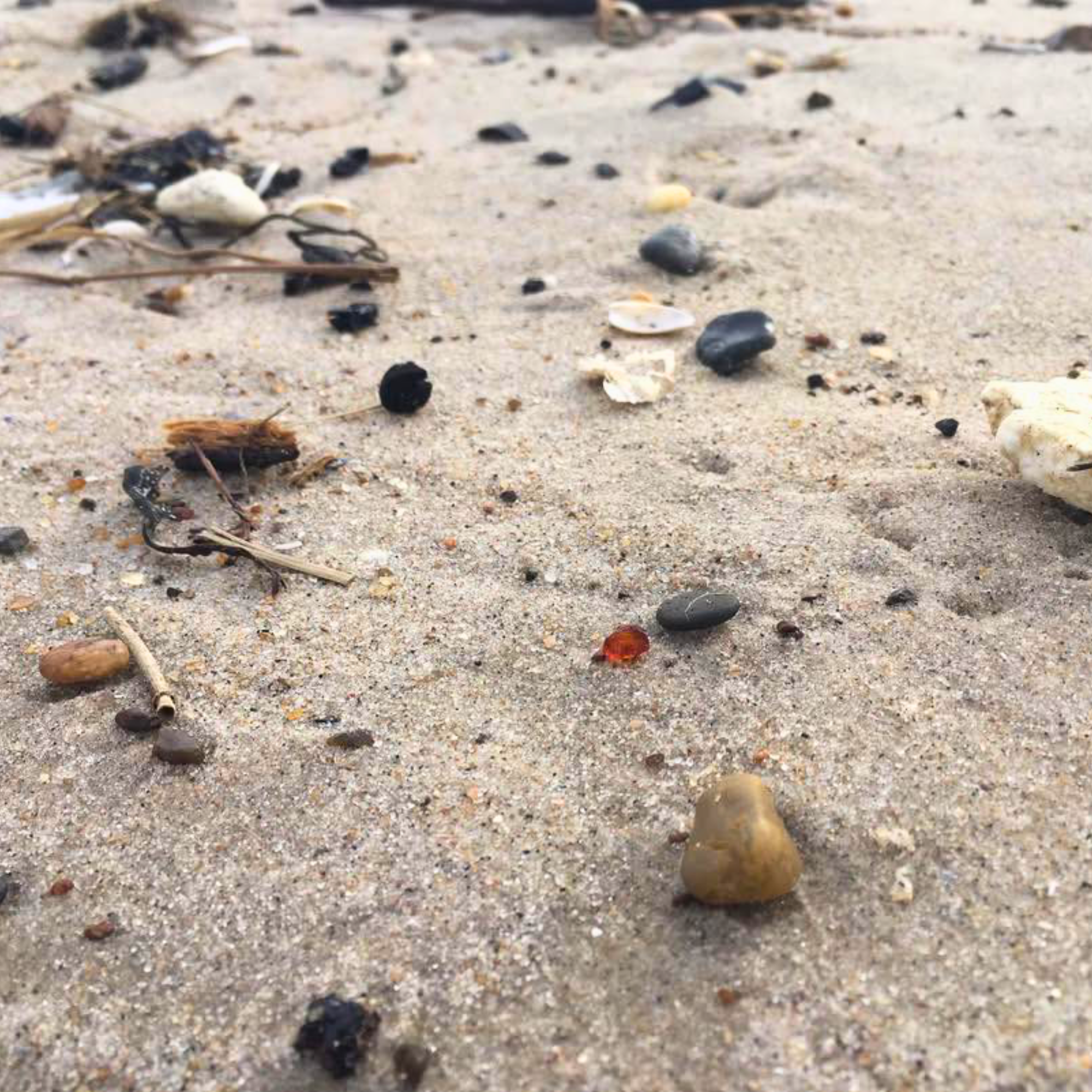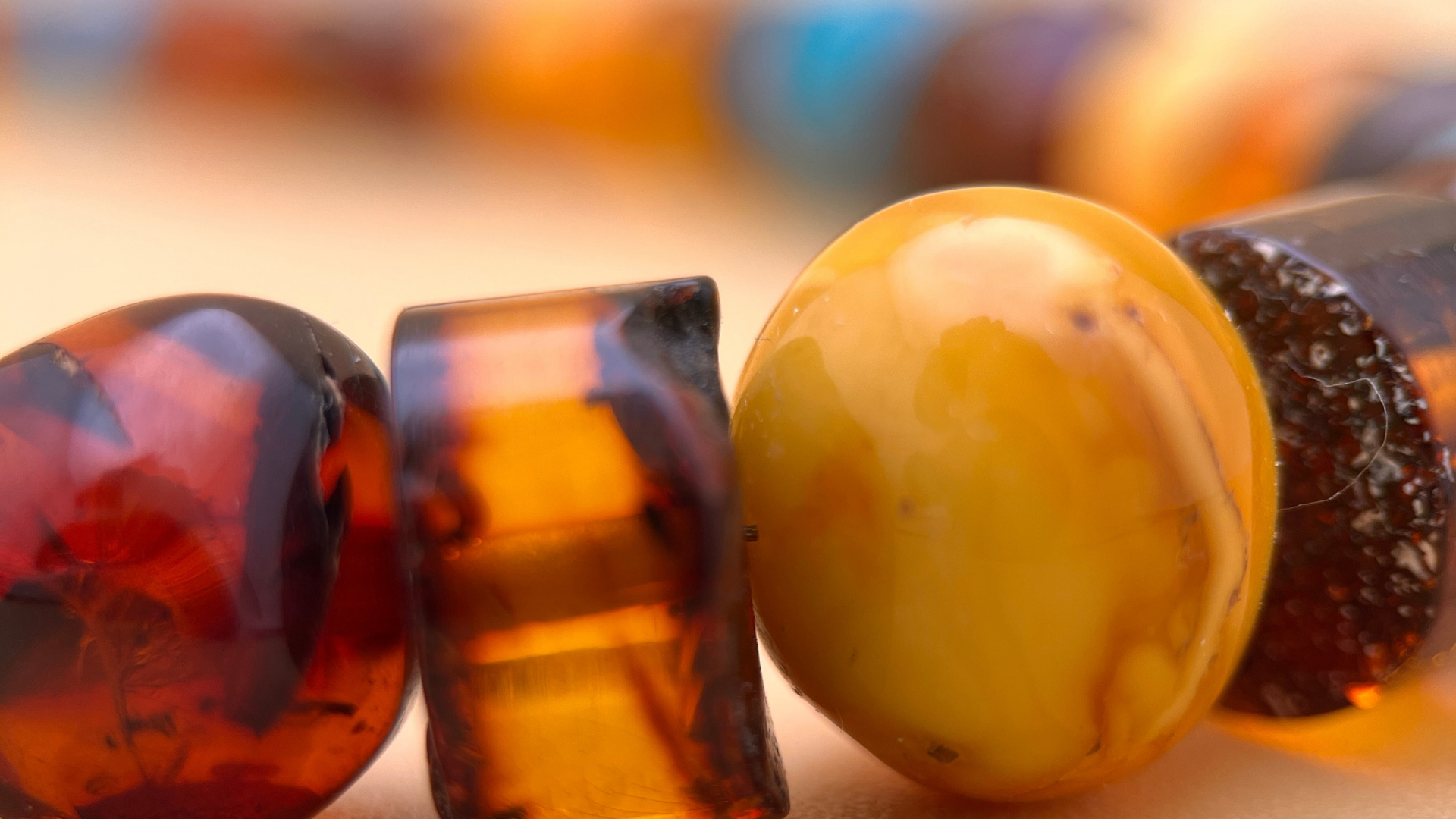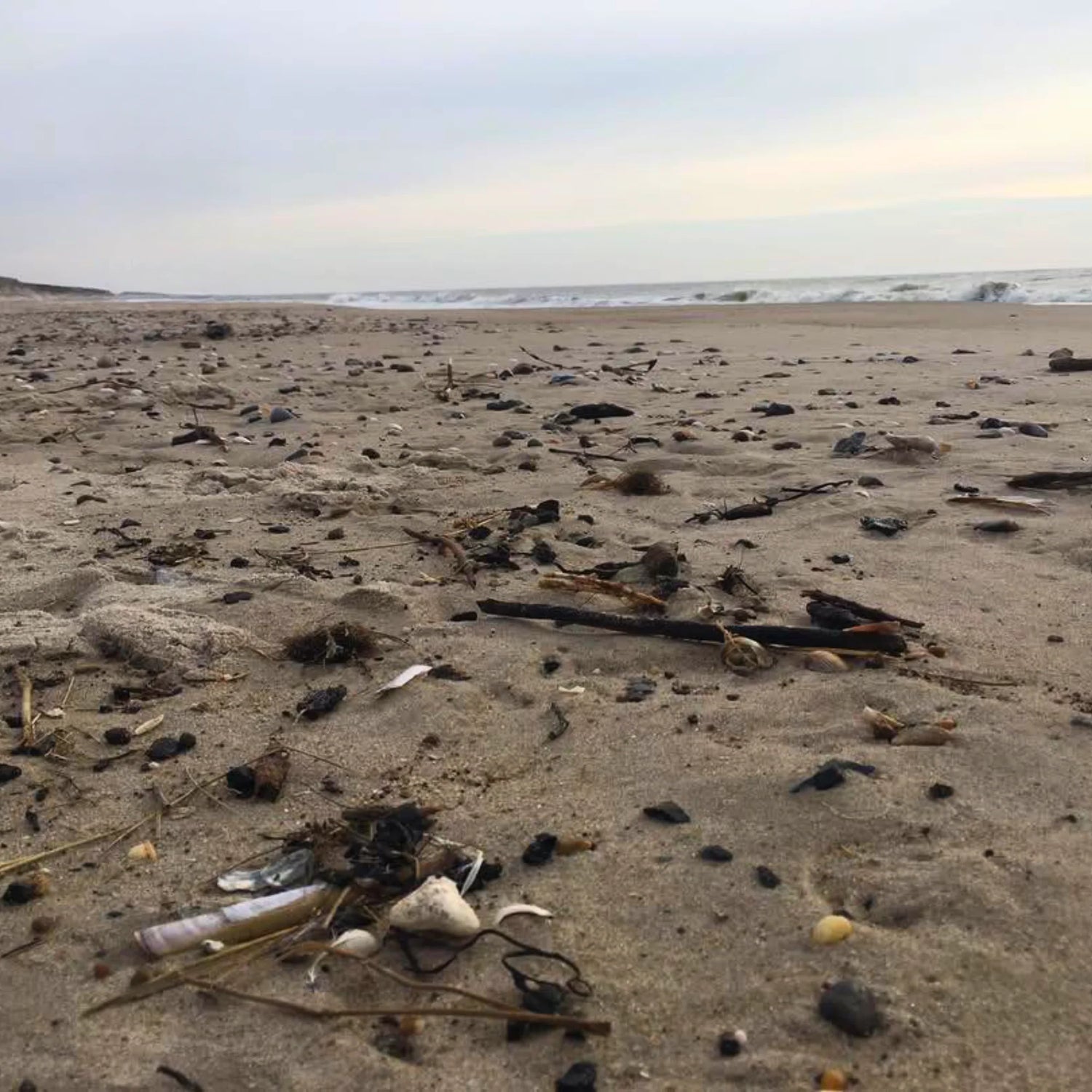How to Find Amber
Hvad du skal vide om rav
Rav er let
Rav er meget lettere end sten. Selvom det kan være svært at sige med små
stykker, vil du tydeligt mærke forskellen med større - omkring
størrelsen af en 5-kronemønt og opefter.
Rav føles varm
Selv i frostvejr. Dette skyldes ravets dårlige varmeledningsevne, der
gør, at det hurtigt opvarmes af kropsvarme. Dette er også en af de
egenskaber, der gør rav til et utrolig skønt materiale til brug tæt på
kroppen, som f.eks. armbånd og halskæder, da det aldrig vil føles koldt
mod den bare hud.
Rav har en dump klang
Når du slår det mod tænderne. Du kan med fordel medbringe et stykke rav,
når du er på ravjagt, så har du noget at sammenligne med.
Rav er statisk elektrisk
Hvis du gnider det mod uld, kan det tiltrække et hår. Denne elektriske
egenskab er faktisk grunden til, at elektricitet hedder, som det gør.
Ordet 'elektricitet' stammer nemlig fra det græske ord 'elektron', som
betyder rav. Allerede i oldtiden vidste man, at rav kunne opbygge en
elektrisk ladning, når det blev gnubbet mod tekstiler.
Rav kan brænde
Med en klar flamme og en aromatisk duft. Dette
skyldes ravs organiske oprindelse, da det oprindeligt er størknet
harpiks fra nåletræer, der voksede for millioner af år siden.

